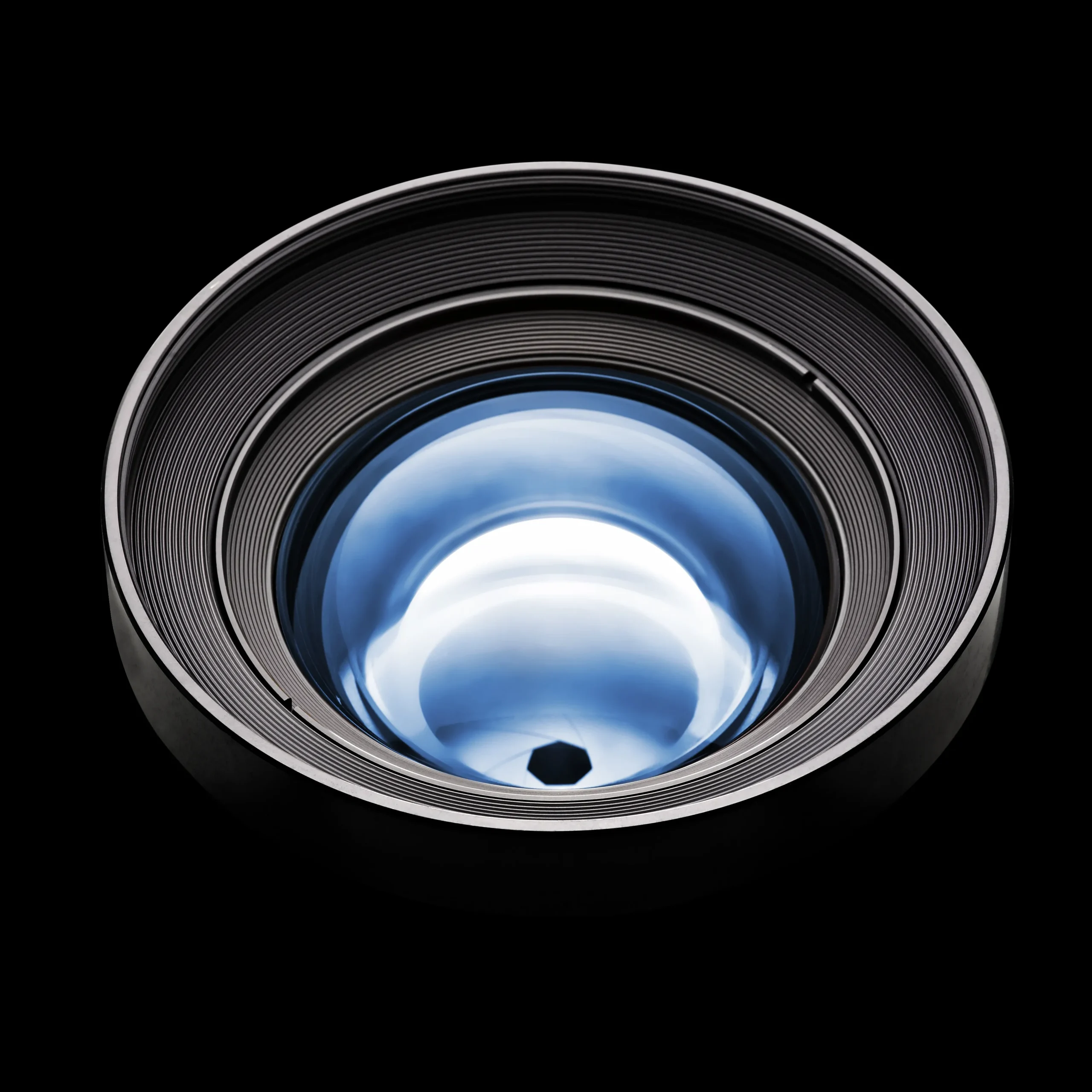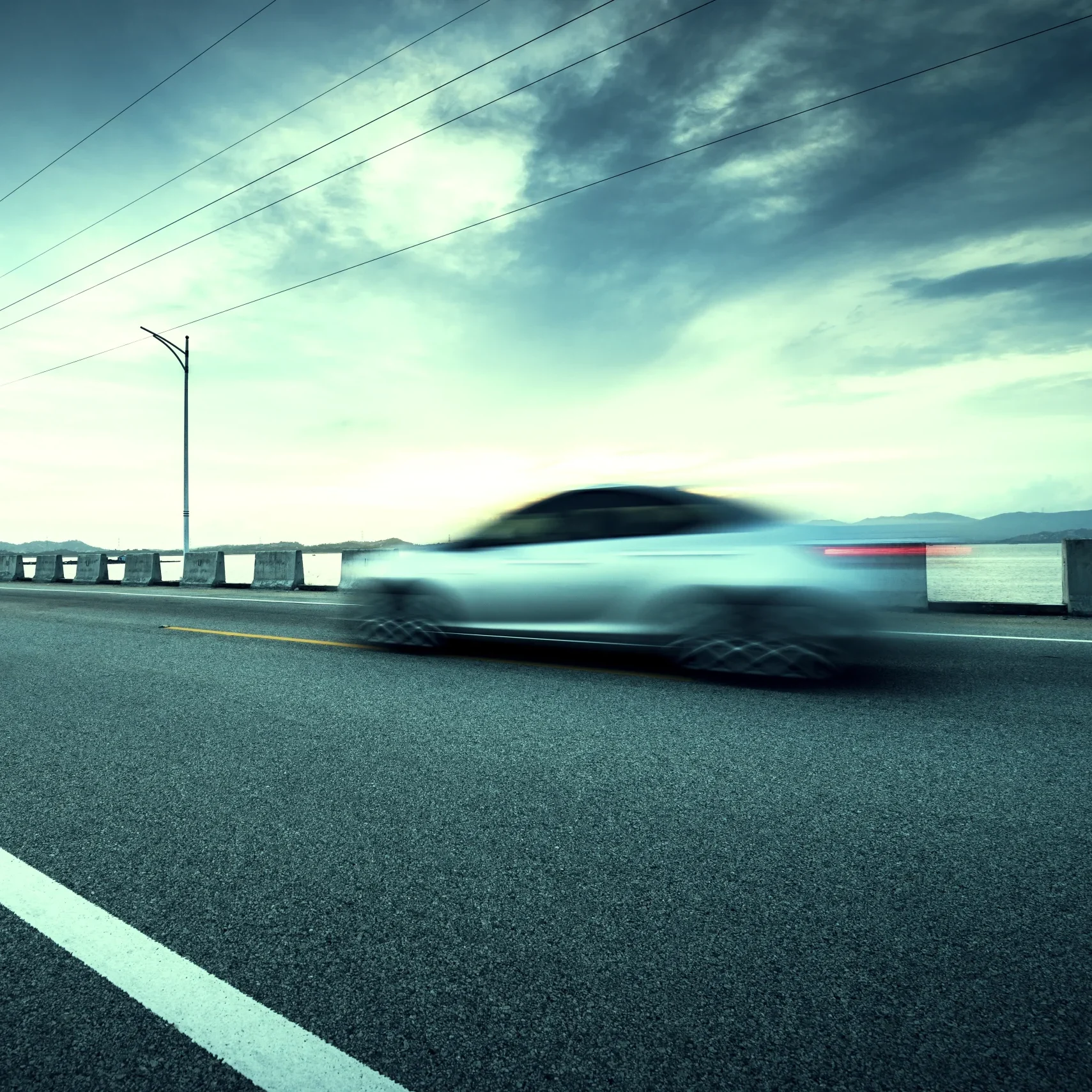The roar of the crowd, the spray of snow, the clatter of skateboard wheels—extreme sports live on spectacle. Viewers expect every breathtaking moment to be captured in razor-sharp detail and played back instantly in glorious slow motion. Delivering that promise takes more than a fast sensor or a stylish camera body. It demands a complete rugged high-speed camera system engineered to ingest gigabits of data per second, buffer frames without loss, and survive punishing weather, vibration, and rough handling.
KAYA Vision Technologies, long trusted by defense integrators and machine-vision specialists, brings the same battlefield-level durability and computational horsepower to sports broadcasting. By integrating the Komodo III Quad CoaXPress 12G Frame Grabber—or the compact Predator II Single CoaXPress 12G board—production teams can create field-proven platforms that deliver instant replay sports broadcasting in the harshest environments, from icy halfpipes to dusty desert rally stages.
Why Frame Grabbers Still Matter
IP streaming cameras promise plug-and-play convenience, yet they struggle when frame rates climb above 240 fps or when lighting changes force sudden bit-rate spikes. In comparison, a dedicated durable CoaXPress frame grabber supplies deterministic bandwidth, microsecond synchronization, and direct memory access that keeps the host CPU free for graphics, AR overlays, or video compression.
CoaXPress 2.1 pushes up to 12.5 Gb/s per copper cable and—when PoCXP is available—can power the camera directly, reducing cable clutter on crowded sidelines. KAYA’s Komodo III harnesses four 12G links for an aggregated 50 Gb/s fire hose of data, enough to pull 4K footage at roughly 600 fps or HD streams at well over 3,000 fps without compression. Meanwhile, the Predator II Single CoaXPress 12G board offers the same protocol power in a low-profile form factor ideal for backpack control stations or drone-mounted recorders.
Building a Weather-Proof Workflow
True ruggedness starts with mechanical design. Both Komodo III and Predator II rely on passive cooling—no fans to jam with sand or seize in sub-zero chill. Production engineers can mount the boards inside sealed NEMA or IP-rated enclosures; provided that a steady airflow path exists, the grabbers maintain peak performance at ambient temperatures up to 50 °C.
- Shock and Vibration: Solid PCB construction, secure SFP+ or Micro-BNC connectors, and lockable PCIe brackets ensure signal integrity when camera cars hit potholes or snowboard jumps rattle the mobile OB van.
- Moisture and Dust: Fiber-based CoaXPress-over-Fiber (for Komodo III and the Predator II CoF variant) delivers a fully optical path immune to electromagnetic interference and corrosive sea spray. For copper installations, KAYA’s Micro-BNC connectors feature a positive-lock bayonet design that resists accidental pull-outs and helps seal against dust ingress.
- Power Stability: On copper models, integrated PoCXP Safe-Power replaces fragile external power bricks. Built-in overload and short-circuit protections proactively cut power if cables are damaged mid-competition.
High-Speed Capture, Instant Slow-Mo
A winning replay system hinges on latency. The longer the delay between action and replay, the greater the risk of missing crucial commentary windows. KAYA grabbers slash latency with scatter/gather DMA that streams frames straight into GPU memory. Many extreme-sports trucks run popular slow-motion toolkits such as Adobe Premiere, EVS, or proprietary replay appliances; all benefit from the PCIe 3.0 ×8 bandwidth of Komodo III or the efficient PCIe 2.0 ×4 interface of Predator II.
Consider a 1920 × 1080 monochrome feed at 1,000 fps, 10-bit depth:
- Frame size: ~2.5 MB
- Data rate: 2.5 GB/s
Komodo III’s 7.87 GB/s peak DMA easily absorbs that stream while simultaneously writing XDCAM or ProRes proxies for the editing bench. When multiple camera angles matter—think multicam BMX events—the board’s four inputs synchronize shutters to single-digit microseconds, guaranteeing that split-screen slow-motion reveals every nuance of a backflip or rail grind.
Smart I/O for Sports Timing
KAYA boards are more than passive data pipes. Their 20 flexible I/O lines act as the glue between camera, lighting, scoreboards, and motion sensors.
- Use quadrature encoder inputs to tag each frame with athlete position, enabling augmented-reality trails on replay.
- Route referee whistle detection into a TTL input that triggers burst capture mode, ensuring every foul or photo finish is recorded at maximum frame rate.
- Drive LED strobes with microsecond precision, freezing mud-splatter mid-air for dramatic stills that double as promotional shots.
The result is a holistic rugged high-speed camera system where image acquisition, event timing, and illumination all live on one deterministic clock.
Edge Processing Reduces Bandwidth Costs
Extreme sports often take place far from fiber trunks. Satellite uplinks and cellular bonding rigs charge by the megabit, so transmitting raw footage is impractical. Komodo III’s 4 GB of DDR4 and Predator II’s 512 MB of DDR3 onboard memory enable pre-compression or region-of-interest cropping before data leaves the venue.
Example pipeline:
- Sensor streams 12-bit Bayer to grabber.
- On-board demosaic converts to RGB10.
- FPGA LUT corrects color for headline sponsor’s brand palette.
- Host GPU encodes only the final half-pipe landing frames at 240 fps; approach frames drop to 60 fps, saving roughly 75 % bandwidth.
Such hybrid processing models have enabled surf tour organizers to stream crystal-clear replays from remote reefs using a single 4G modem.
Scaling from Single-Camera Streaming to Stadium-Wide Networks
Not every event budget allows for a full OB truck. Thanks to Predator II’s low power draw (7 W) and single-link architecture, freelancers can build a backpack replay kit.
Backpack architecture:
- Predator II Single CoaXPress 12G inside a mini-ITX Ryzen host.
- One HD 720-fps camera on a 25-meter Micro-BNC.
- USB-C power bank with 12 V DC tap feeds PoCXP.
- Replay app writes H.264 to NVMe and returns 50 fps slow-motion to a wireless HDMI transmitter for courtside screens.
When the same crew graduates to arena scale, they can swap the single Predator board for multiple Komodo III cards in a 4-GPU workstation. Seamless API compatibility means existing GenICam-based code runs unmodified, protecting the initial software investment.
API and Software Ecosystem
KAYA understands that sports engineers juggle tight deadlines. Both grabber families ship with cross-platform SDKs, Python bindings for rapid prototyping, and plug-ins for industry staples such as MATLAB, HALCON, Cognex, and LabVIEW.
Typical development sprint:
- Use Python to capture frames and trigger strobes via GPIO within an afternoon.
- Port to C++ for integration into Unreal Engine broadcast graphics.
- Compile the same codebase on Windows 11 studio PCs and Ubuntu laptop field kits.
The result is a flexible environment where innovation—like AI-based trick classification or automatic sponsorship detection—can flourish without hardware bottlenecks.
Checklist: Selecting Your Durable CoaXPress Frame Grabber
- Throughput Needed: HD vs 4K, 500 fps vs 3,000 fps. Choose Komodo III for multi-link 50 Gb/s headroom.
- Space Constraints: Backpack kits favor Predator II’s low-profile PCB.
- Power Budget: PoCXP on copper models eliminates separate camera supplies; verify auxiliary 12 V feed availability.
- Environmental Hazards: Prefer the fiber version of Komodo III when long runs or lightning-risk terrains are involved.
- Expansion: Multi-camera angles? Komodo III synchronizes four cameras out-of-the-box and daisy-chains across multiple cards.




